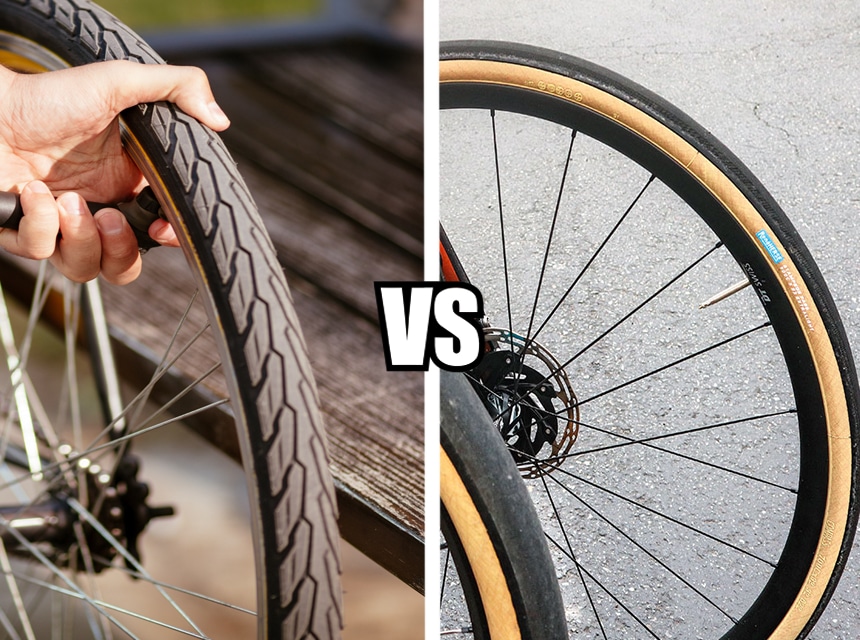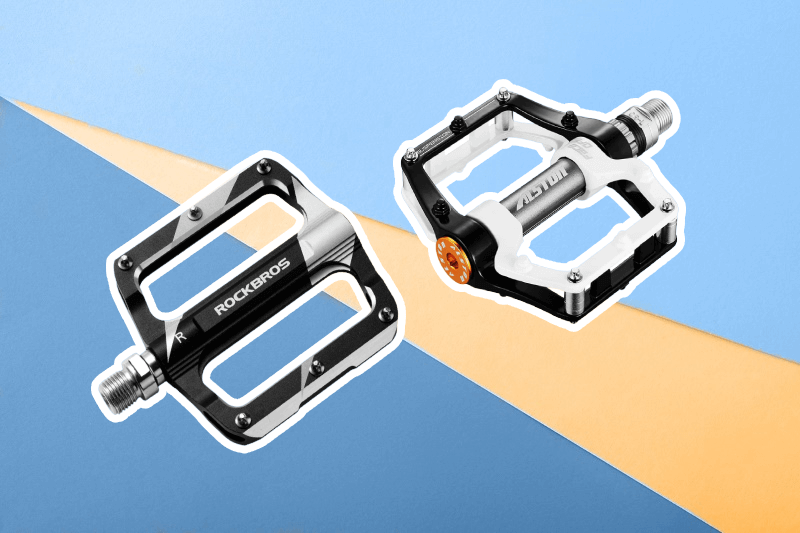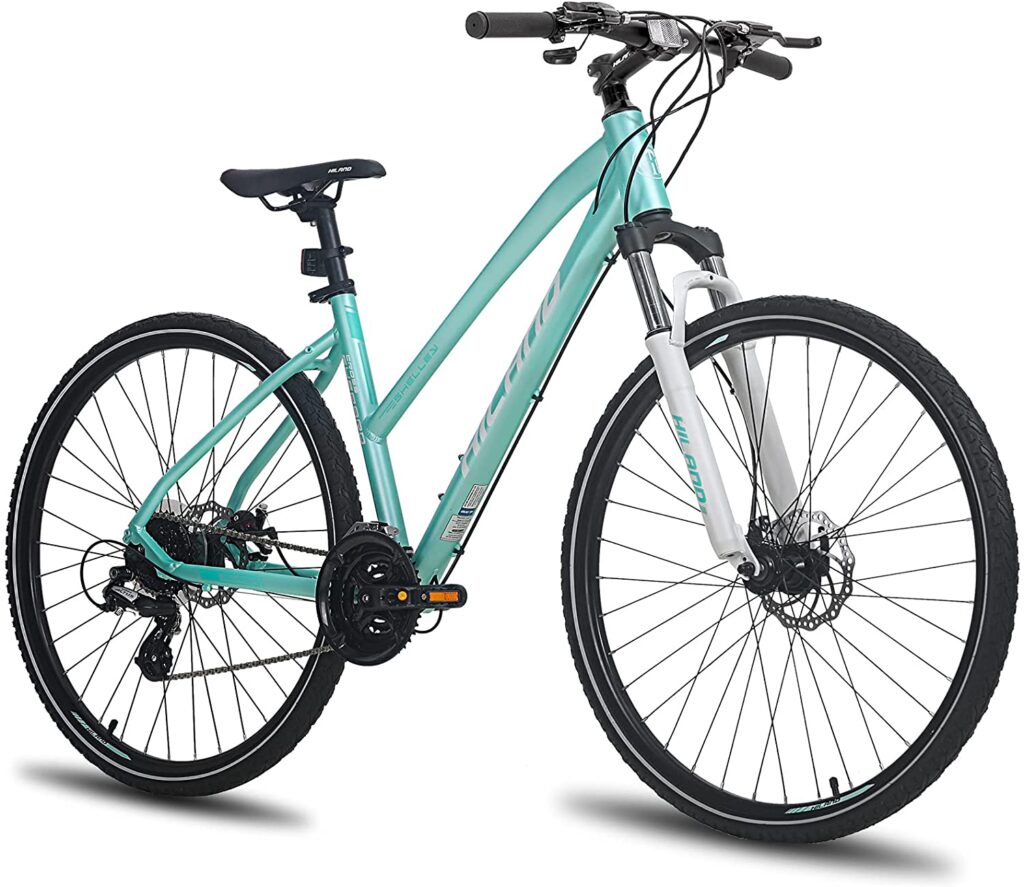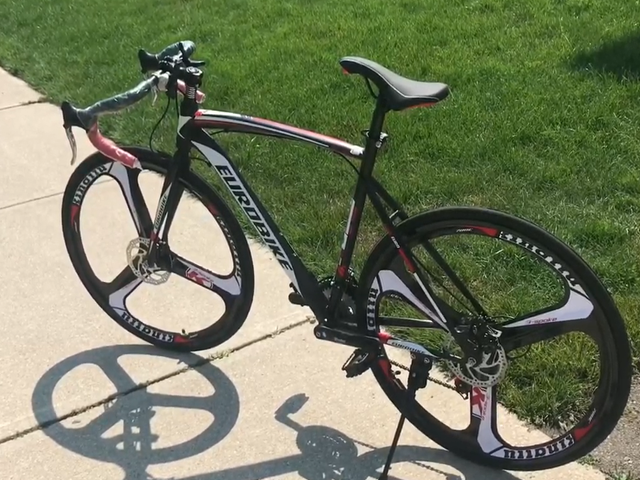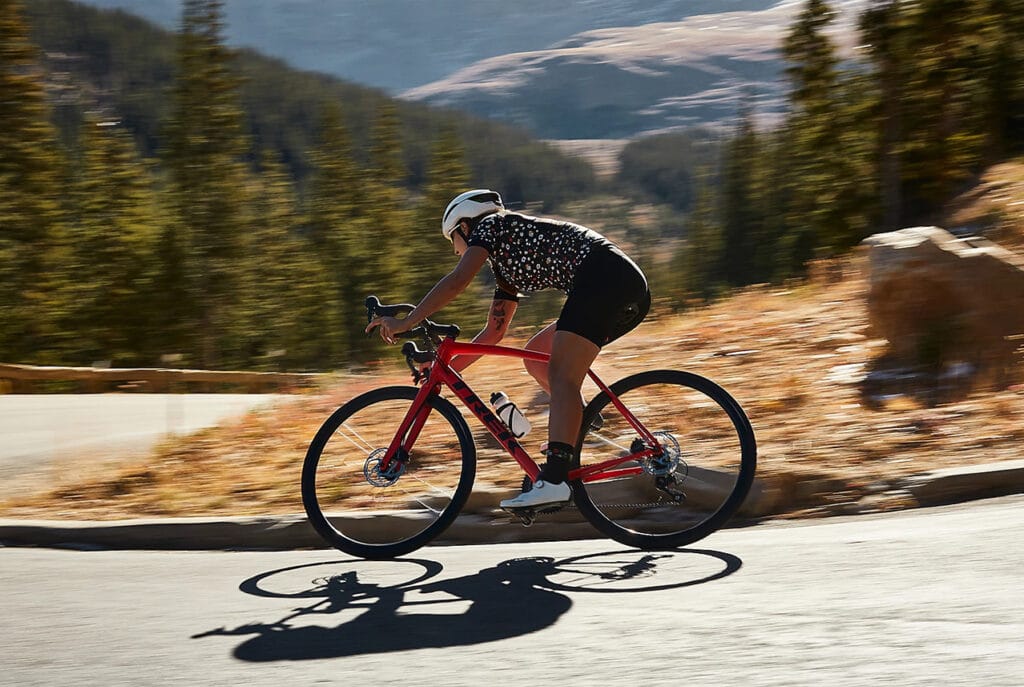- Trails
-
Bikes
-
Gear
-
Tips & Tricks
-
About us



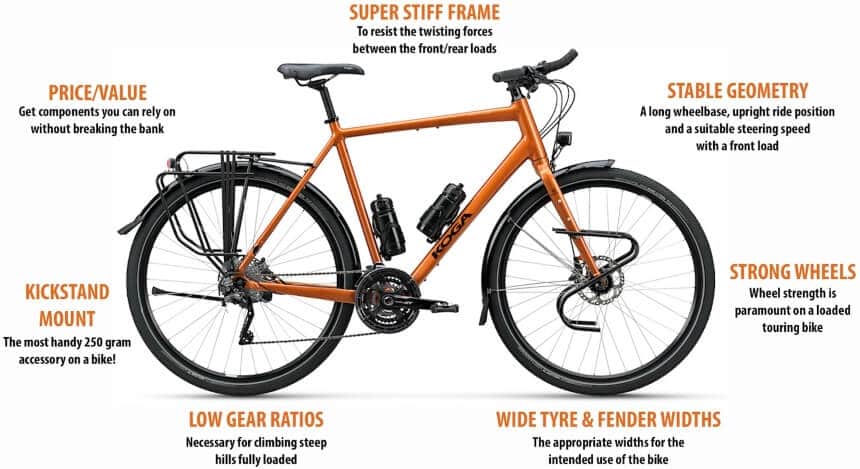
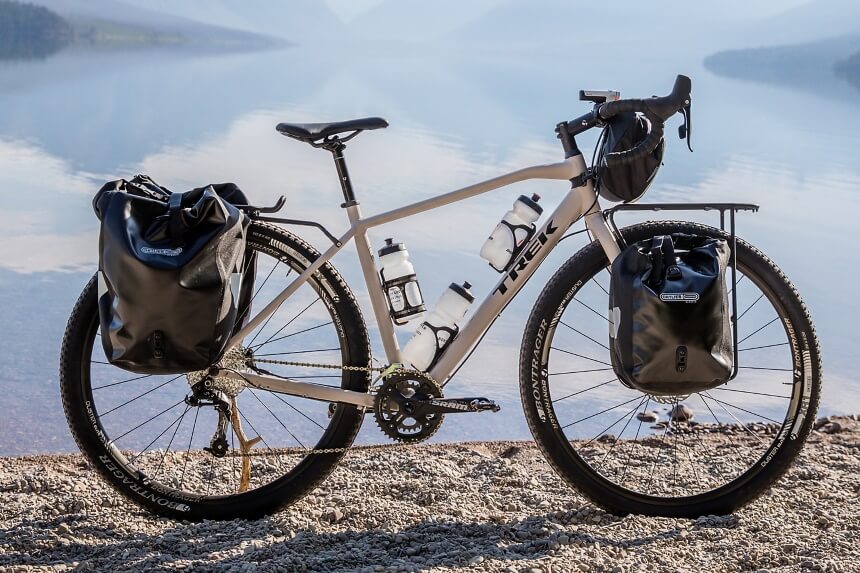
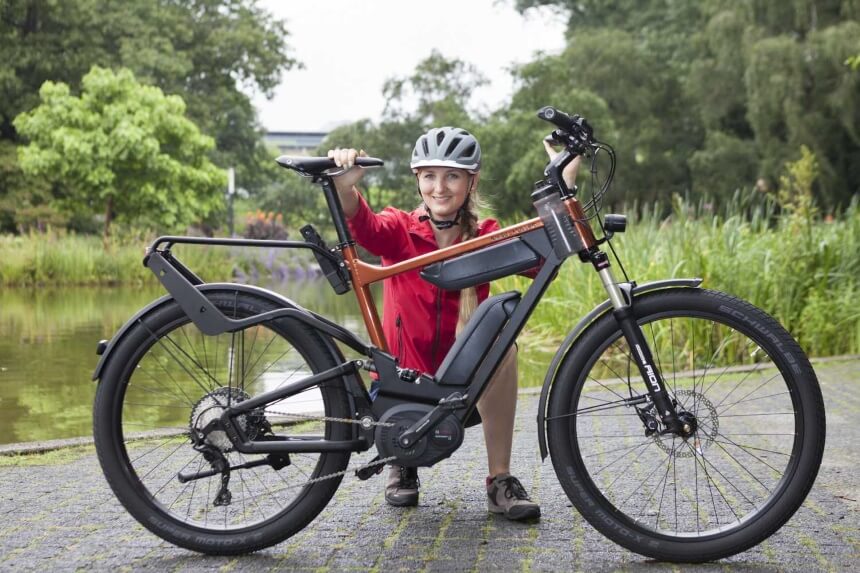 Although at first glance, they are similar to road or cyclocross bikes, the geometry of the best bicycles for touring allows for a more upright posture, with relaxed arms and neck, ideal for traveling hundreds of kilometers per day.
Although at first glance, they are similar to road or cyclocross bikes, the geometry of the best bicycles for touring allows for a more upright posture, with relaxed arms and neck, ideal for traveling hundreds of kilometers per day.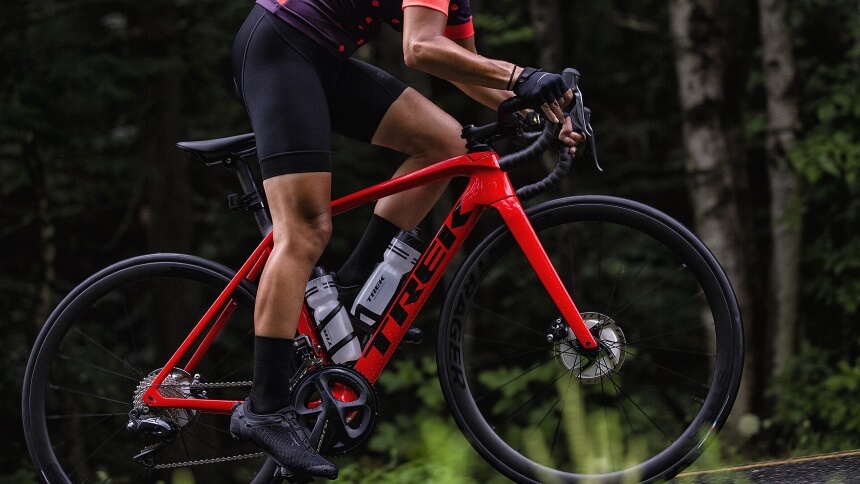 The differences between
The differences between 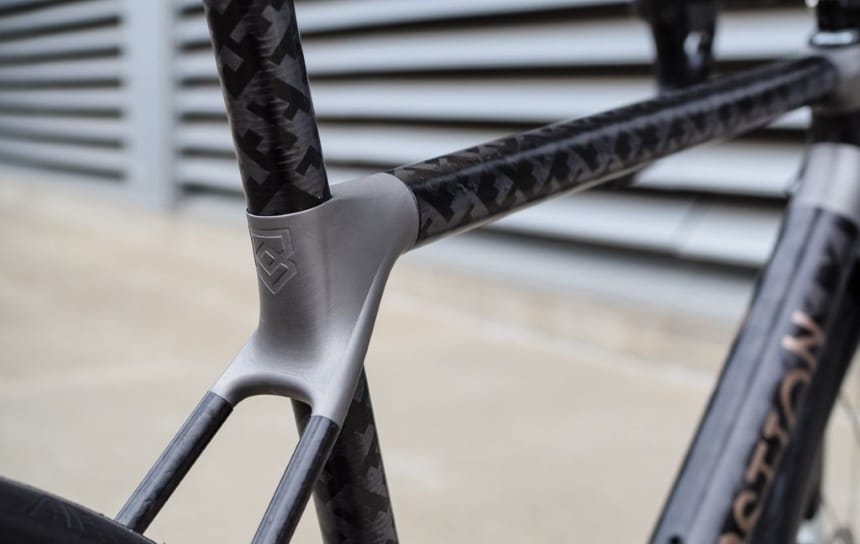 The frame of a road bike can be made from different materials, including steel, aluminum, and carbon so we provide you with a brief comparison of these. Carbon is increasingly being used as a frame material, but materials such as steel, aluminum, and titanium are also used as frame materials. Thanks to today’s construction, the weight of a road bike is between 13 and 24 pounds, which enables speeds of up to 27 mph on a straight line, and even over 38.5 mph downhill.
The frame of a road bike can be made from different materials, including steel, aluminum, and carbon so we provide you with a brief comparison of these. Carbon is increasingly being used as a frame material, but materials such as steel, aluminum, and titanium are also used as frame materials. Thanks to today’s construction, the weight of a road bike is between 13 and 24 pounds, which enables speeds of up to 27 mph on a straight line, and even over 38.5 mph downhill.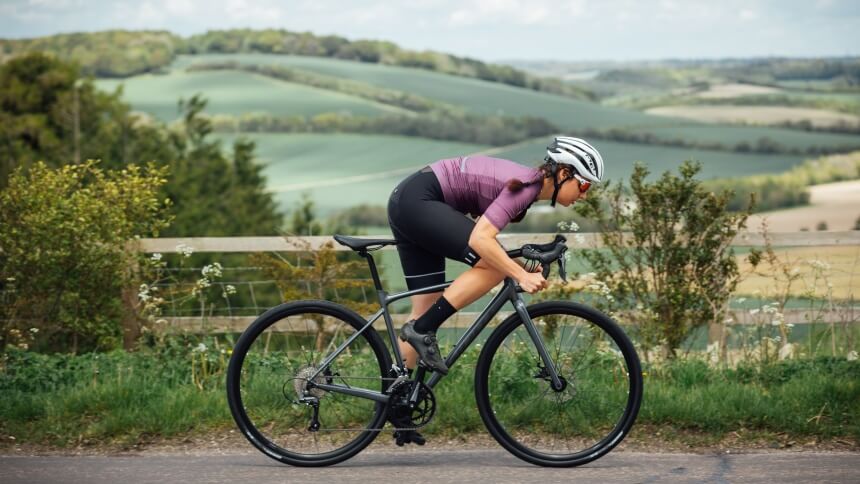 The aerodynamic-type bikes have frames and a shape with very wide and thin tube sections (like a sword). These are generally bikes designed for high speed. They have a race geometry on which the pilot is leaning forward. The weight is higher than the multi-purpose bikes.
The aerodynamic-type bikes have frames and a shape with very wide and thin tube sections (like a sword). These are generally bikes designed for high speed. They have a race geometry on which the pilot is leaning forward. The weight is higher than the multi-purpose bikes.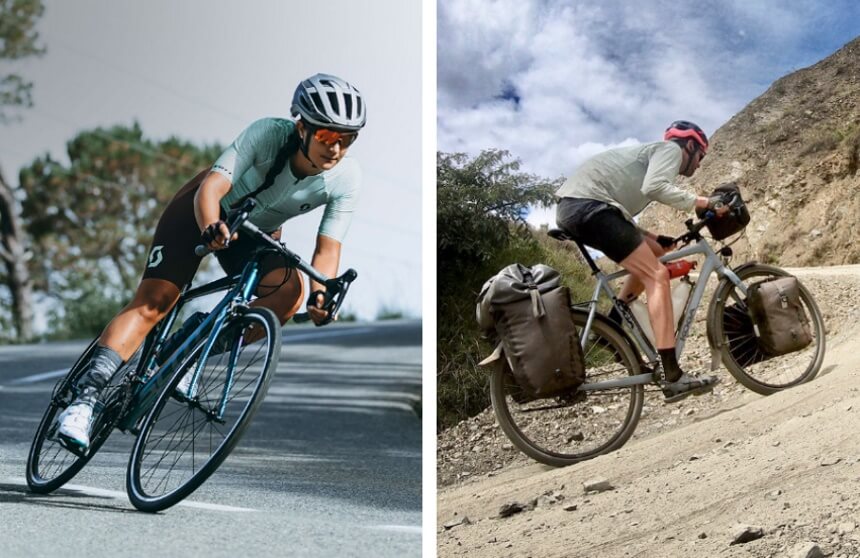 The road bike was specially designed for use in bike races and is characterized by the attributes of speed and lightness. The touring bikes on the other hand are ideal for frequent travelers. It must be able to climb the steepest slope even with a load. For this reason, touring bikes have wide ranges and very low speeds. They are generally equipped with three chainrings.
The road bike was specially designed for use in bike races and is characterized by the attributes of speed and lightness. The touring bikes on the other hand are ideal for frequent travelers. It must be able to climb the steepest slope even with a load. For this reason, touring bikes have wide ranges and very low speeds. They are generally equipped with three chainrings.




